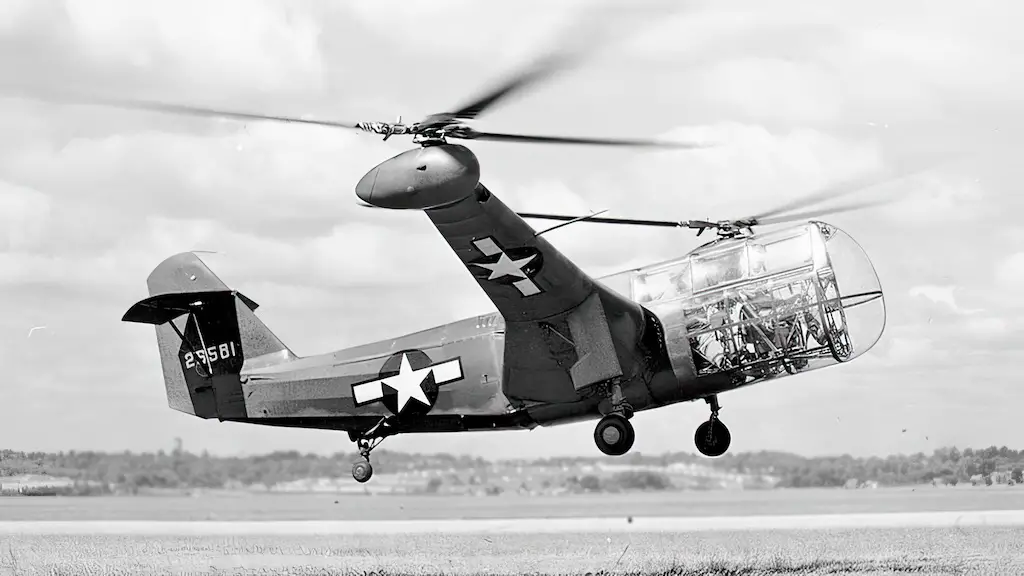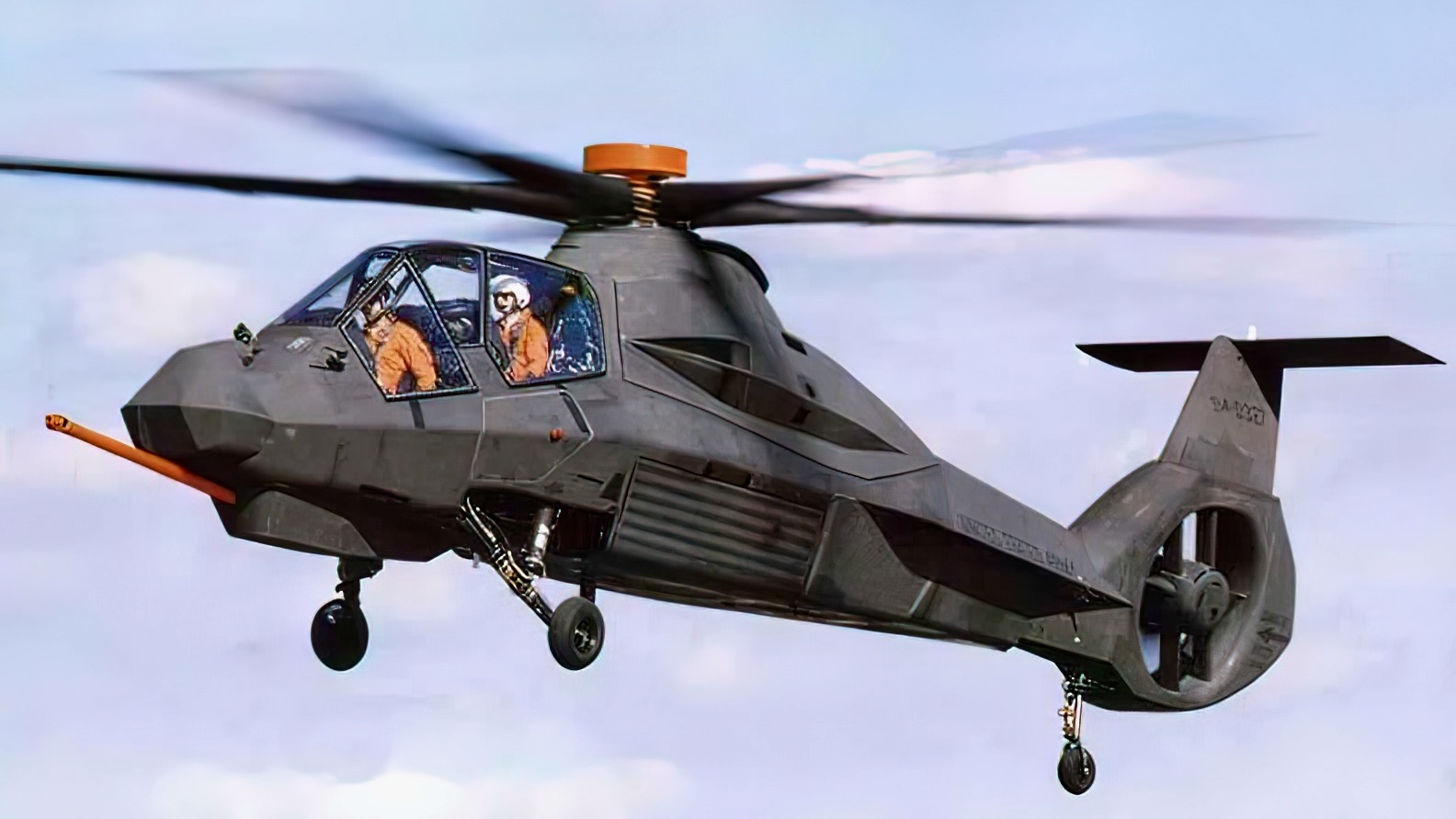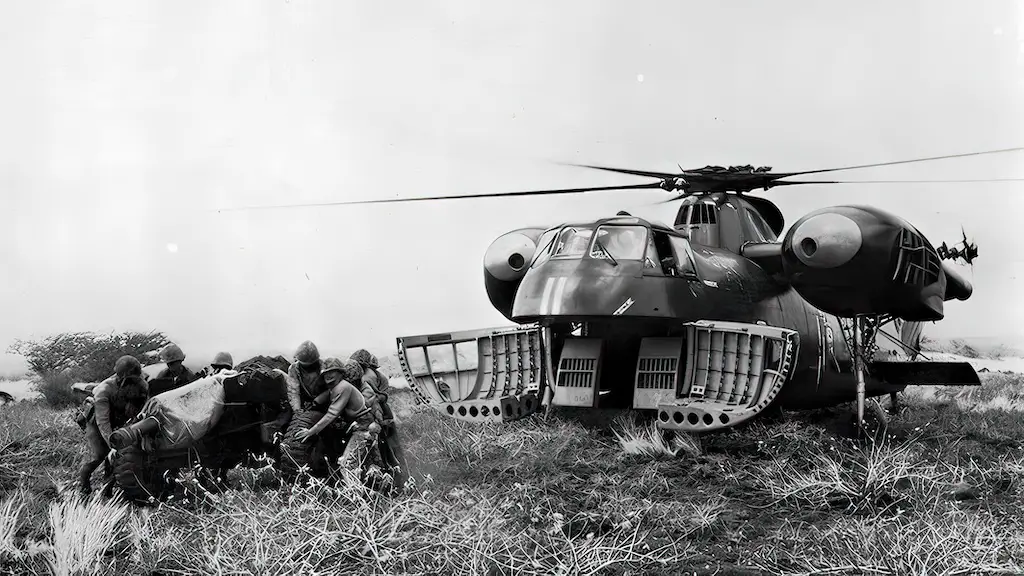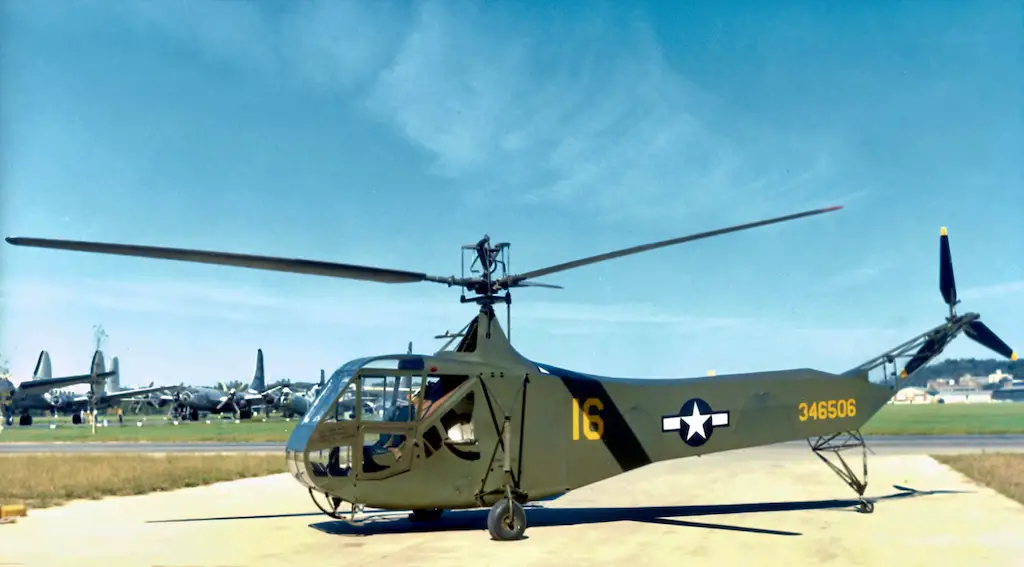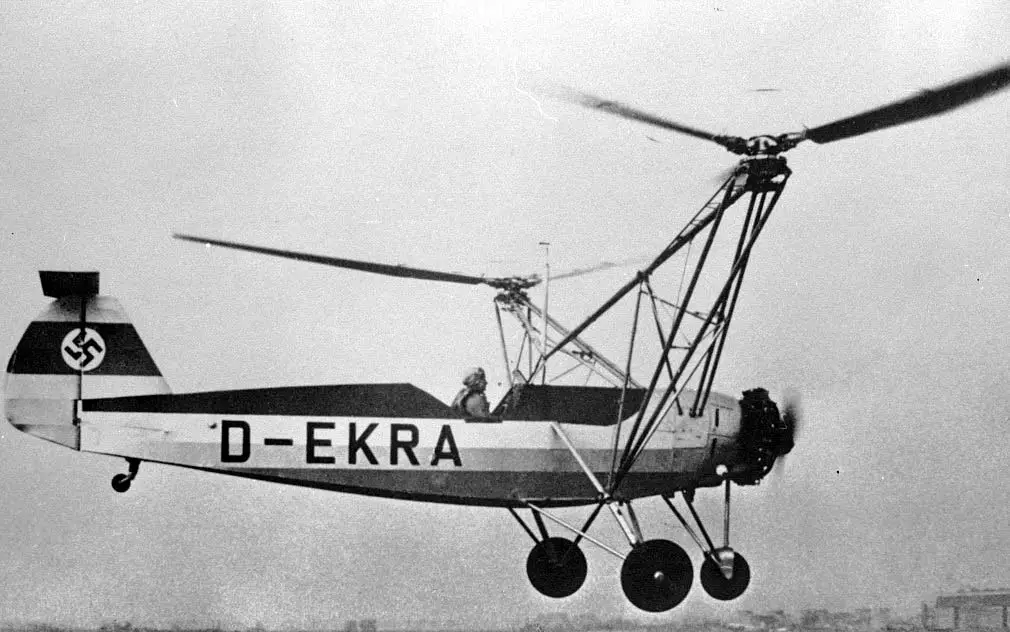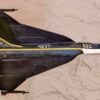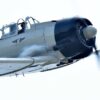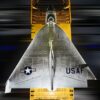Throughout the late 1930s, the idea of a helicopter was in the air. A general understanding of the key principles to be used by a successful rotorcraft was already in place. However, it wasn’t really clear yet which specific configuration would be the most practical for wide military and civilian use. Today, with the benefit of hindsight, we would regard some of the designs sprawling at the time as impractical or even ridiculous. Still, at the time they were considered as promising and innovative. One of these early helicopters was the somewhat monstrous-looking Platt-LePage XR-1.
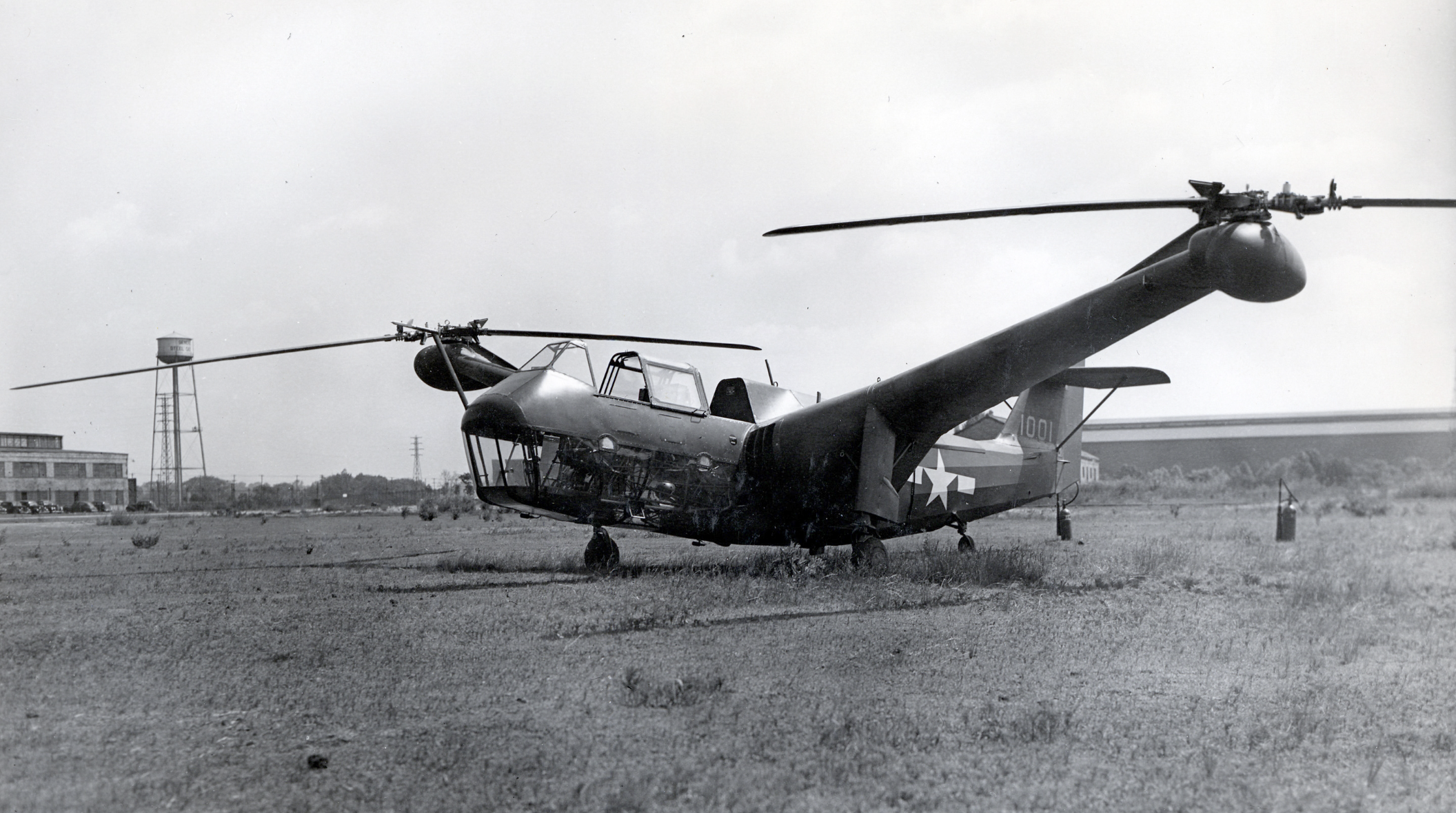
Two rotorcraft enthusiasts come together
In 1938, two American engineers with strong beliefs in the bright future of rotorcraft partnered to develop helicopters together. These were Havilland H. Platt and Wynn Laurence LePage. The former had by then designed such projects as “Cyclogyro” and “Vertogiro,” and the latter had acquired experience in the field by working first with the Pitcairn Autogiro Company and later with the Kellett Autogiro Company. Le Page was also greatly inspired by the performance of German Focke-Wulf Fw 61 transverse rotors helicopter, which he saw at a flight demonstration in Berlin. In 1940, the Platt LePage Aircraft Company received a contract from the US Army to build and test a helicopter prototype.
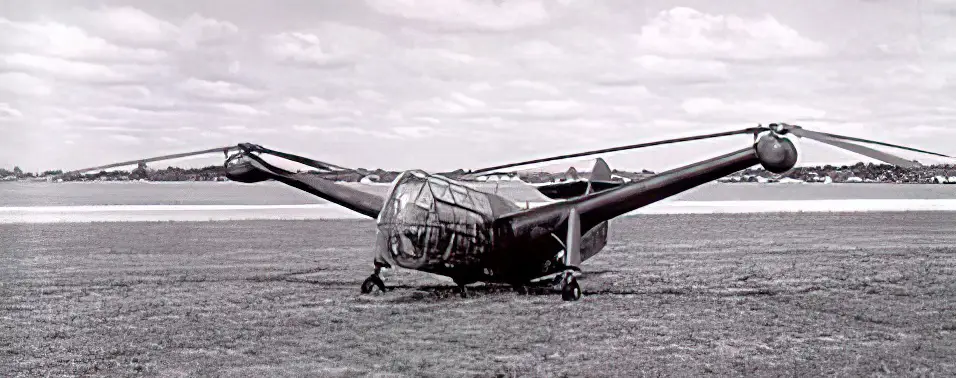
Looking like an airplane, flying like a helicopter
The XR-1, which first flew in mid-1941, featured a fuselage which differed little from that of contemporary fixed-wing aircraft, especially in the aft part. It even had a tailwheel. Two crewmembers sat in a tandem arrangement in a glazed cockpit providing the pilot and the observer with an excellent view. The helicopter’s rotor configuration was quite similar to that of the Fw 61. A 450-hp Pratt & Whitney R-985 radial piston engine powering the vehicle was located in the center fuselage. It drove a pair of three-bladed rotors placed at the tips of two pylons almost as large as airplane wings. In fact, they were designed to produce some additional lift in forward flight.
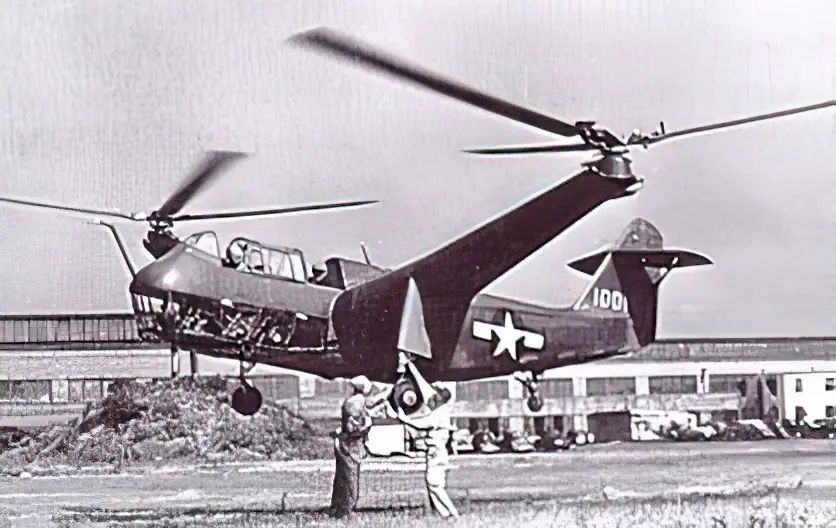
Lagging behind
Naturally, the XR-1 design team faced a multitude of problems during the rotorcraft’s flight tests, including one non-fatal crash and a crash landing. After all, helicopter was a completely new type of aerial vehicle at the time. Especially worrisome were issues with both lateral and longitudinal control, which remained in the second prototype, the XR-1A, as well. And although Platt LePage engineers were gradually succeeding in removing those problems, the pace of innovation did matter, too.
By the end of WWII, Platt LePage was still struggling with improving their model. Meanwhile, the Sikorsky R-4, which made its first flight later than the XR-1, was already entering active service with the USAAF. That eventually led to the cancellation of all Army contracts with Platt LePage and the company’s ultimate demise two years later. As for the XR-1, it flew for the last time in June 1946, before joining the collection of the Smithsonian’s National Air and Space Museum in Washington, DC.

